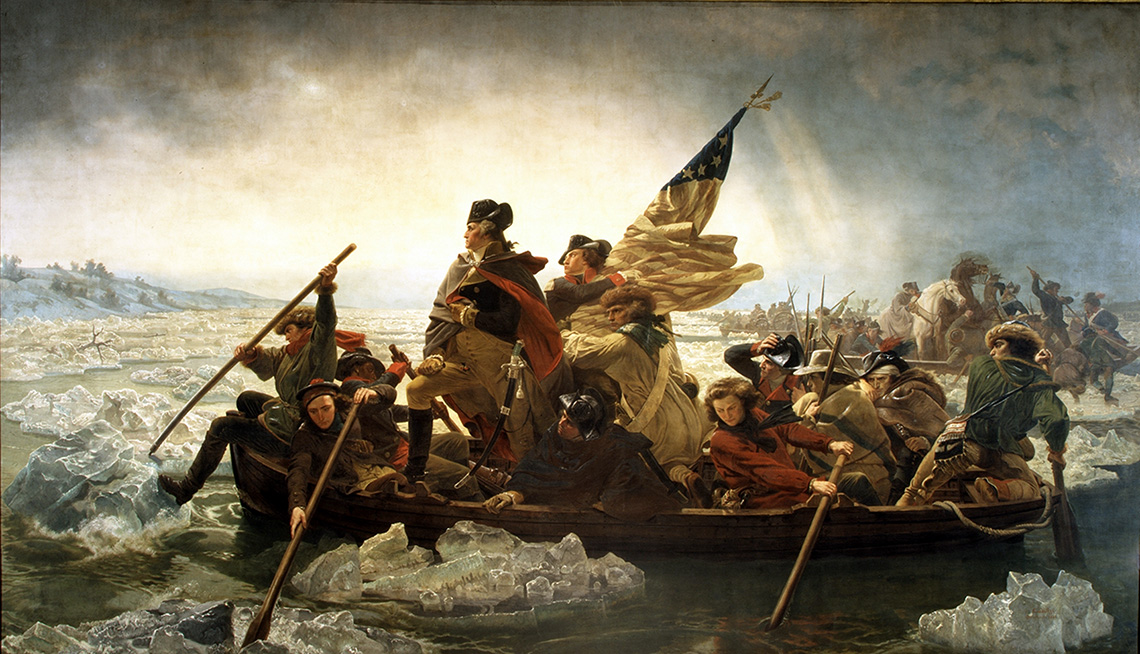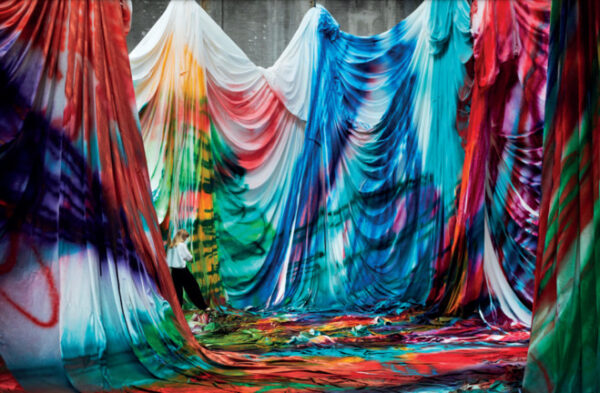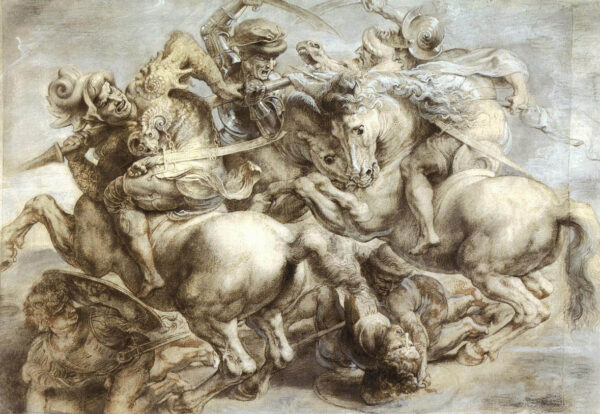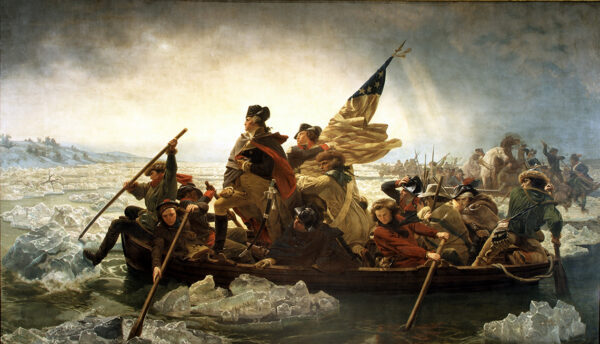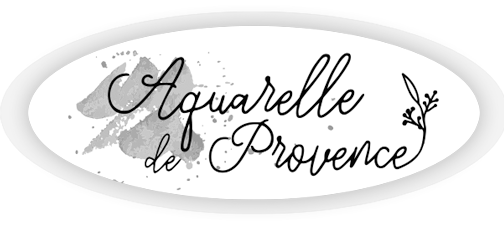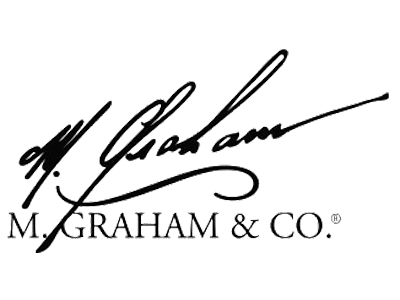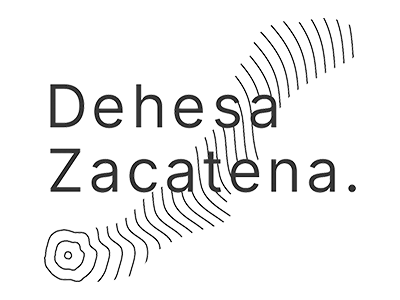The painting Washington Crossing the Delaware is one of the most iconic images in the history of art and the United States. Created by the German artist Emanuel Leutze in 1851, the work depicts a crucial moment in the American Revolution: George Washington and his army crossing the Delaware River on the night of December 25, 1776. This maneuver was decisive for the eventual victory against British forces. However, what the artist could not have suspected at the time is that war itself, another one fought on the other side of the Atlantic, would eventually cause the destruction of his painting.
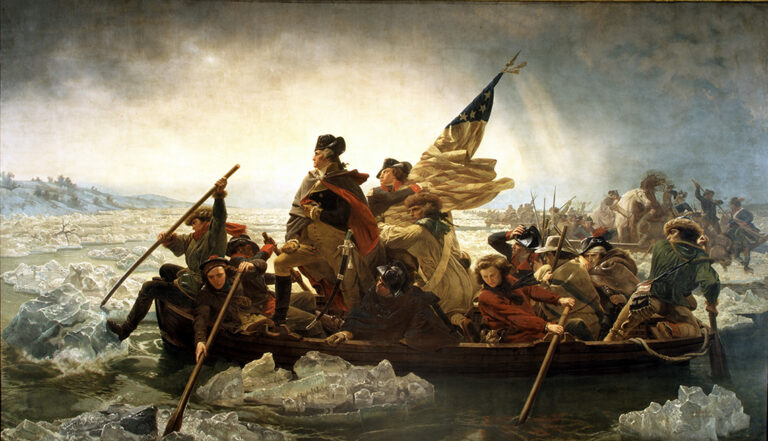
Emanuel Leutze, born in Schwäbisch Gmünd, Germany, in 1816, emigrated to the United States with his family as a child. He grew up and trained as a painter there, but as an adult, he returned to Germany to study at the Düsseldorf Academy of Art. It was in the capital of the Rhine region that he began working on Washington Crossing the Delaware. A fervent supporter of democratic ideals, the artist sought to capture a moment symbolizing the struggle for freedom and independence, not only in North America but also in Europe, where revolutionary ideals were at their peak.
Leutze began the painting in 1849 and completed it in 1851. This first version, of large dimensions (378 cm × 647 cm), was exhibited in his studio in Düsseldorf before being sold to an American buyer. The composition of the painting is dramatic and heroic: Washington stands at the center of the boat, with the American flag waving in the background, surrounded by a group of soldiers battling harsh winter conditions as they cross the icy river. The painting is not historically accurate in all its details, but that was not its intention, nor would it be fair to judge it based on those anachronistic nuances. Leutze’s goal was to inspire and elevate patriotic spirit… and he certainly succeeded.
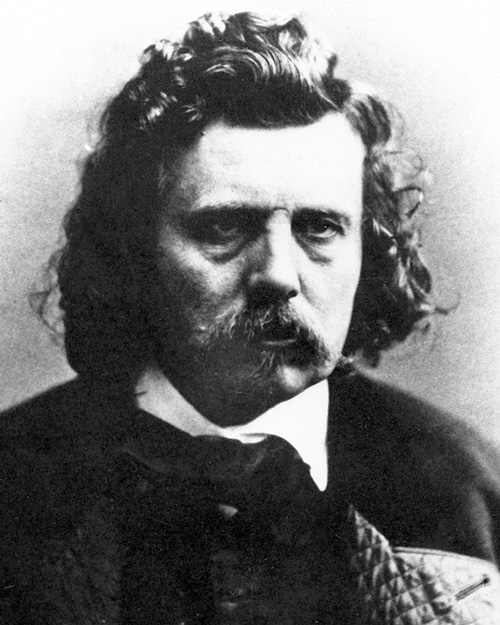
It happened on September 4th
The original version of Washington Crossing the Delaware was purchased by a private collection and eventually acquired by the Kunsthalle Bremen, a museum in the city of Bremen, Germany. There, it became part of a prominent art collection. However, during World War II, Bremen was heavily bombed by the Allies, and in 1942, the Kunsthalle suffered severe damage. Amid these attacks, the first version of the painting was destroyed, an irreparable loss for the history of art.
The destruction of this masterpiece in 1942 was not only a cultural tragedy but also a symbol of the devastating consequences of war on the world’s artistic heritage. Although other works in the museum were saved or restored after the conflict, Washington Crossing the Delaware did not share the same fate.
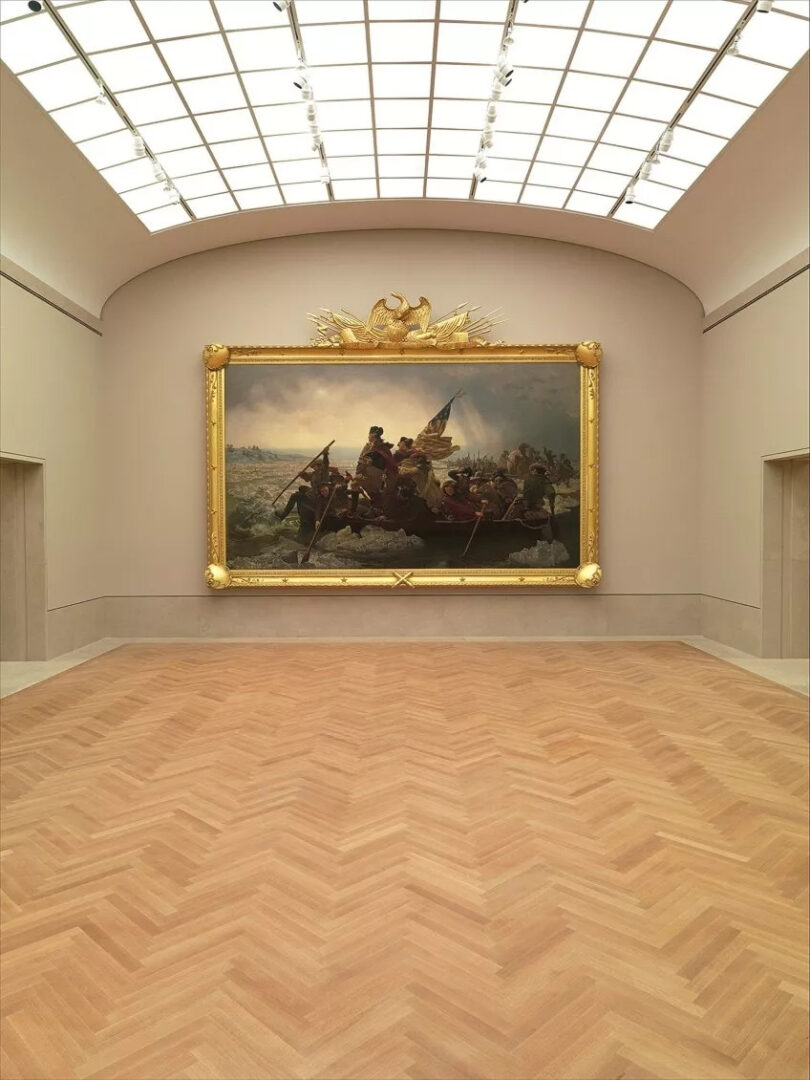
The Legacy of the Second Version
Fortunately, before the destruction of the first version, Leutze had created a second version of the painting in 1851. This painting, almost identical to the original, was purchased by the Metropolitan Museum of Art in New York, where it has become one of the most recognized and beloved pieces in their collection. Today, millions of visitors can admire that military feat, which has become even more symbolic than the artist initially intended.
The image of Washington Crossing the Delaware has been reproduced countless times in popular culture and has become an enduring symbol of courage and determination. Despite the loss of the original version, the legacy of this masterpiece lives on, reminding us of the importance of history and the resilience of the human spirit in the face of adversity.
Washington Crossing the Delaware is much more than a painting; it is an icon of American history and a work that has survived the trials of time and war, maintaining its power to inspire future generations. The destruction of the first version is a tragedy, but its memory, along with the living testament of the second version, continues to evoke the heroism and determination it symbolizes.
The Destruction of Artworks Throughout History
The destruction of artworks throughout history has been a painful loss for humanity, depriving us of the beauty, knowledge, and cultural connection that these pieces represented. Washington Crossing the Delaware is just one of many paintings that have been destroyed over time. Below are some notable examples of other masterpieces that have suffered a similar fate.
The Reichstag Fire – Caspar David Friedrich
Caspar David Friedrich, one of the most important painters of the German Romanticism, created many works exploring the relationship between man and nature. During World War II, numerous of his works were destroyed, particularly those on display in museums in Berlin and other German cities. The Reichstag fire in 1933 and the bombings during the subsequent war contributed to the disappearance of several of his pieces. One of the most famous losses was Two Men Contemplating the Moon (1819), which disappeared after an Allied bombing of Berlin in 1945.The Ghent Altarpiece – Van Eyck Brothers
The Ghent Altarpiece (1432), also known as The Adoration of the Mystic Lamb, is one of the most important works of the Northern Renaissance, painted by brothers Hubert and Jan van Eyck. Although the altarpiece has mostly survived, some panels have been stolen or destroyed over the centuries. The panel titled The Just Judges was stolen in 1934 from Saint Bavo’s Cathedral in Ghent and has never been recovered. Despite the existence of copies, the disappearance of the original remains an unsolved mystery.Portrait of Winston Churchill – Graham Sutherland
The Portrait of Winston Churchill painted by Graham Sutherland in 1954 is another example of a work of art that was destroyed, although in this case, it was not due to war but a deliberate act. Churchill, known for his strong personality, hated the portrait, which he considered to portray him unfavorably. His wife, Clementine Churchill, ordered the painting to be destroyed shortly after it was delivered, considering it “such an odious representation that it could never be hung.”Guernica – Pablo Picasso (a life-size reproduction)
Pablo Picasso painted Guernica in 1937 in response to the bombing of the city of Guernica during the Spanish Civil War. Although the original work is safely housed in the Reina Sofia Museum in Madrid, a life-size reproduction was destroyed during the September 11, 2001 attacks in New York. This reproduction was on display at the United Nations building and was irreparably damaged during the collapse of the Twin Towers.The Garden of Earthly Delights – Hieronymus Bosch
The Garden of Earthly Delights (1490-1510) is one of the most complex and enigmatic works by the Dutch painter Hieronymus Bosch. Although the original painting is housed in the Prado Museum in Madrid, several preparatory studies and other works by Bosch were destroyed during the Spanish occupation of the Netherlands in the 16th century. Protestant iconoclasm, which sought to eradicate what they considered idolatrous religious images, resulted in the destruction of many religious artworks across Europe, including those by Bosch.The Works of the Library of Alexandria
Although not a single painting, the destruction of the Library of Alexandria represents one of the greatest cultural losses of antiquity. The library, believed to have been burned multiple times between the 1st century BC and the 3rd century AD, contained countless manuscripts, artworks, and knowledge from the ancient world. The loss of its contents, including valuable paintings and frescoes, was a devastating blow to the cultural and scientific legacy of humanity.Starry Night Over the Rhône – Vincent van Gogh (first version)
Vincent van Gogh, one of the most influential painters in history, also suffered the loss of some of his works. A first version of Starry Night Over the Rhône, painted in 1888, is believed to have been destroyed during World War II when a storage facility in Paris was bombed. Fortunately, the version housed in the Musée d’Orsay in Paris remains intact, but the loss of the first version is a reminder of the fragility of art.
The history of humanity is marked by the creation of great works of art, but also by their destruction. Whether due to wars, natural disasters, or deliberate acts, the loss of these masterpieces represents not only a material disappearance but also the loss of a connection to our past and to the ideas and emotions that these works conveyed. Washington Crossing the Delaware and other destroyed paintings serve as a sad reminder of the importance of preserving art for future generations.

